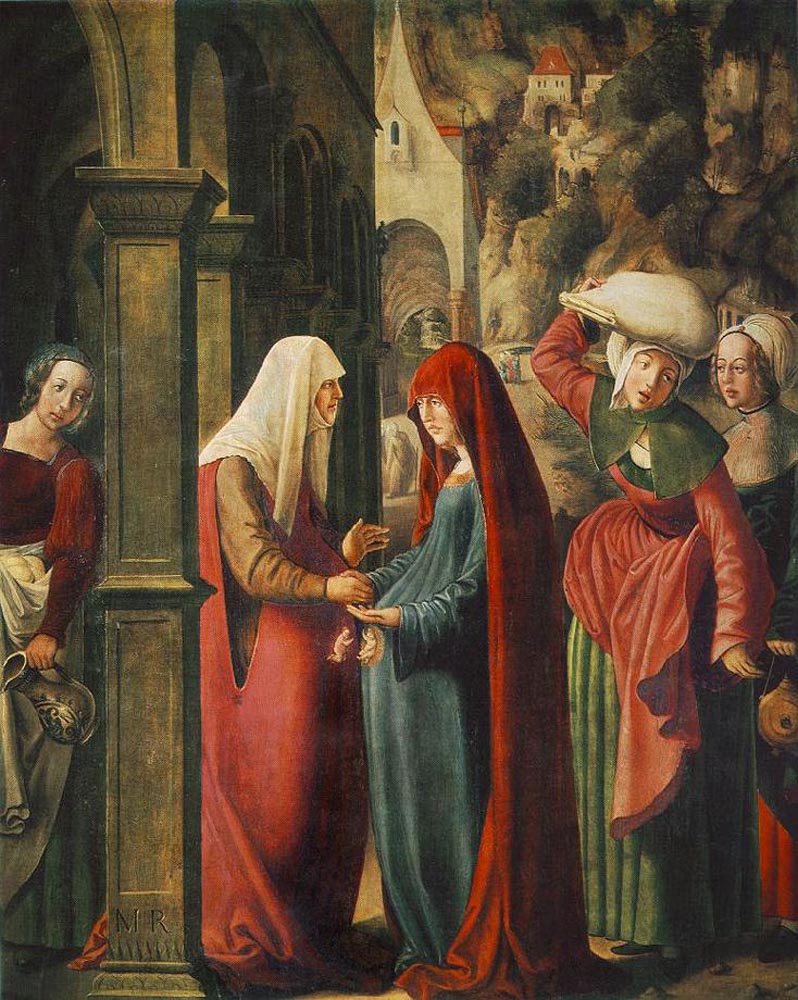 ‘Visitation of the Blessed Virgin Mary’ Image: —Daily Gospel
‘Visitation of the Blessed Virgin Mary’ Image: —Daily Gospel
(Franciscan Media) This is a fairly late Feast, going back only to the 13th or 14th century, it was established widely throughout the Church to pray for unity. The present date of celebration was set in 1969 in order to follow the ‘Annunciation of the Lord’ (25 March) and precede the ‘Nativity of John the Baptist’ (24 June)
Like most Feasts of Mary, it is closely connected with Jesus and His saving work. The more visible actors in the drama — See: Luke 1:39-45 are Mary and Elizabeth however, Jesus and John the Baptist steal the scene in a hidden way. Jesus makes John leap with joy–the joy of Messianic Salvation. Elizabeth in turn is filled with the Holy Spirit and addresses words of praise to Mary, words that echo down through the ages.
It is helpful to be reminded of, that we do not have a Journalist account of this meeting, rather Luke, speaking for the Church, gives a powerful Poet’s rendition of the scene.
Elizabeth’s praise of Mary as ‘the Mother of My Lord’ can be viewed as the earliest Church’s devotion to Mary. As with all authentic devotion to Mary, Elizabeth’s (the Church’s) words first praise God for what God has done through Mary, only secondly, does Elizabeth praise Mary for trusting God’s words.
Then comes the Magnificat –See: Luke 1:46-55 here Mary herself (like the Church) traces all of her greatness to God.
More here from USCCB & here from EWTN
Tweet